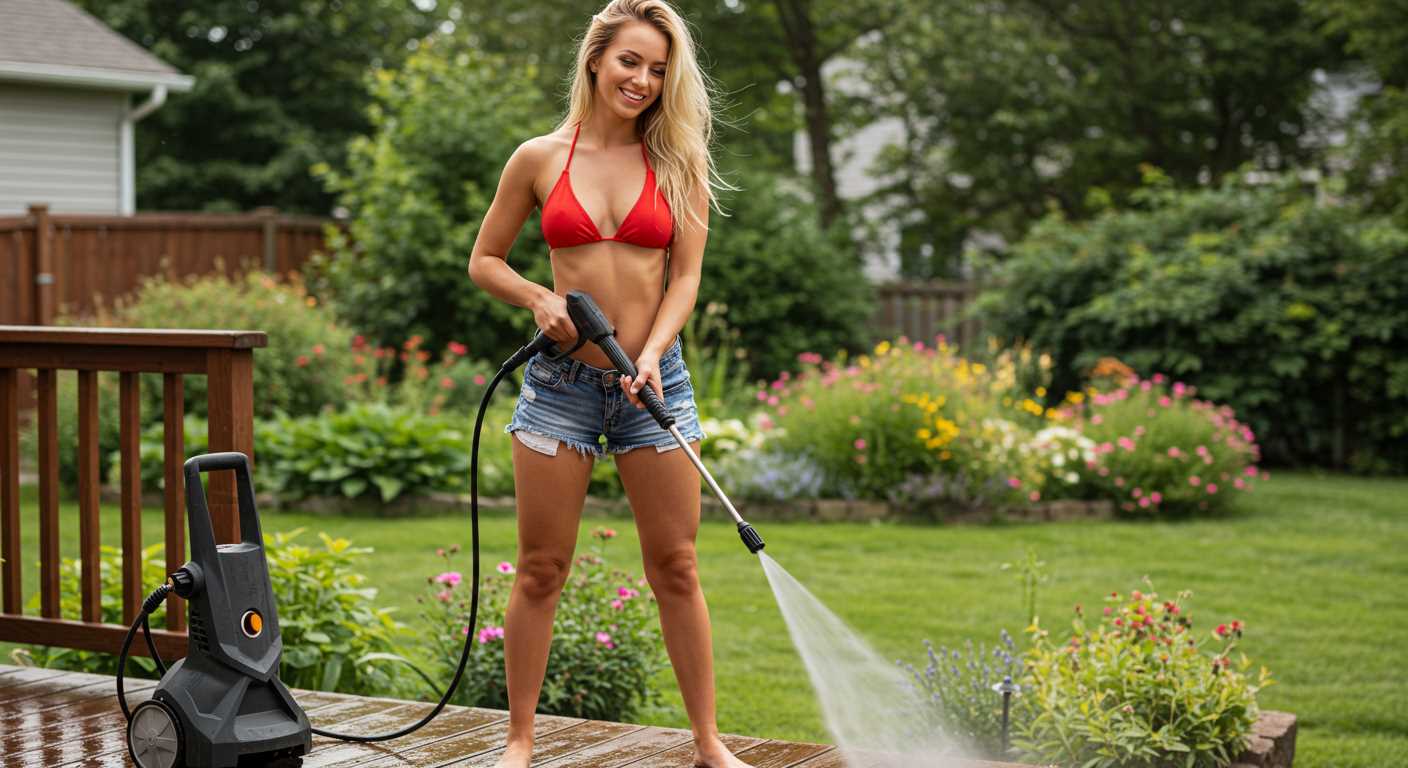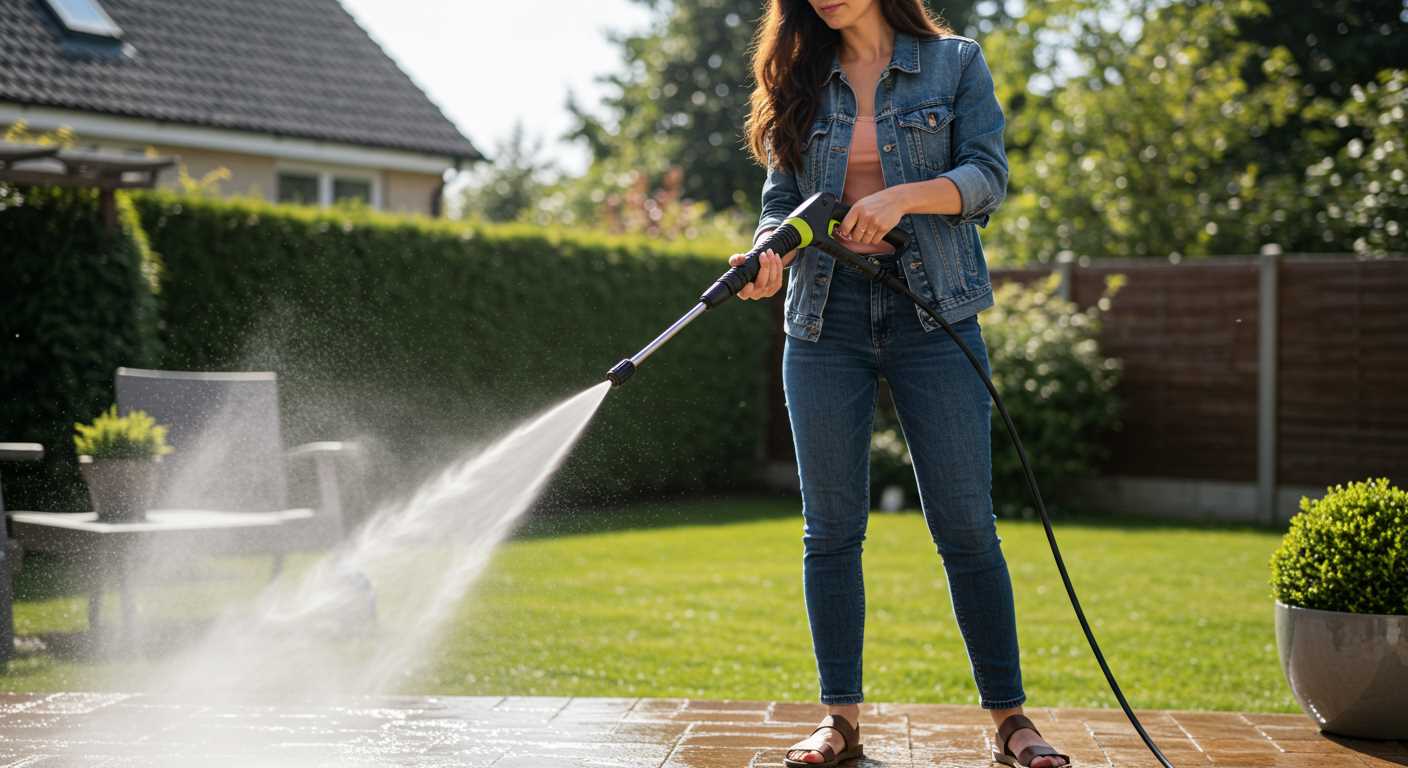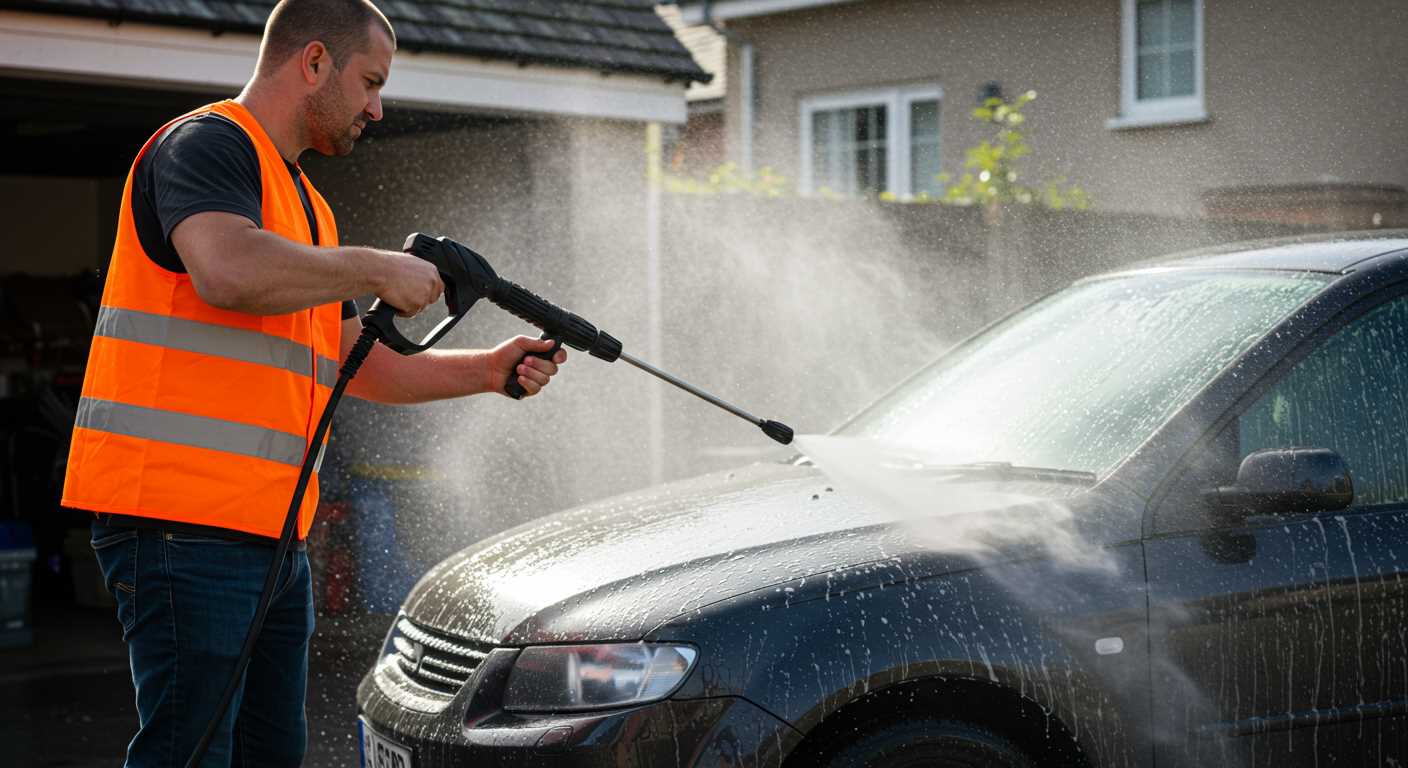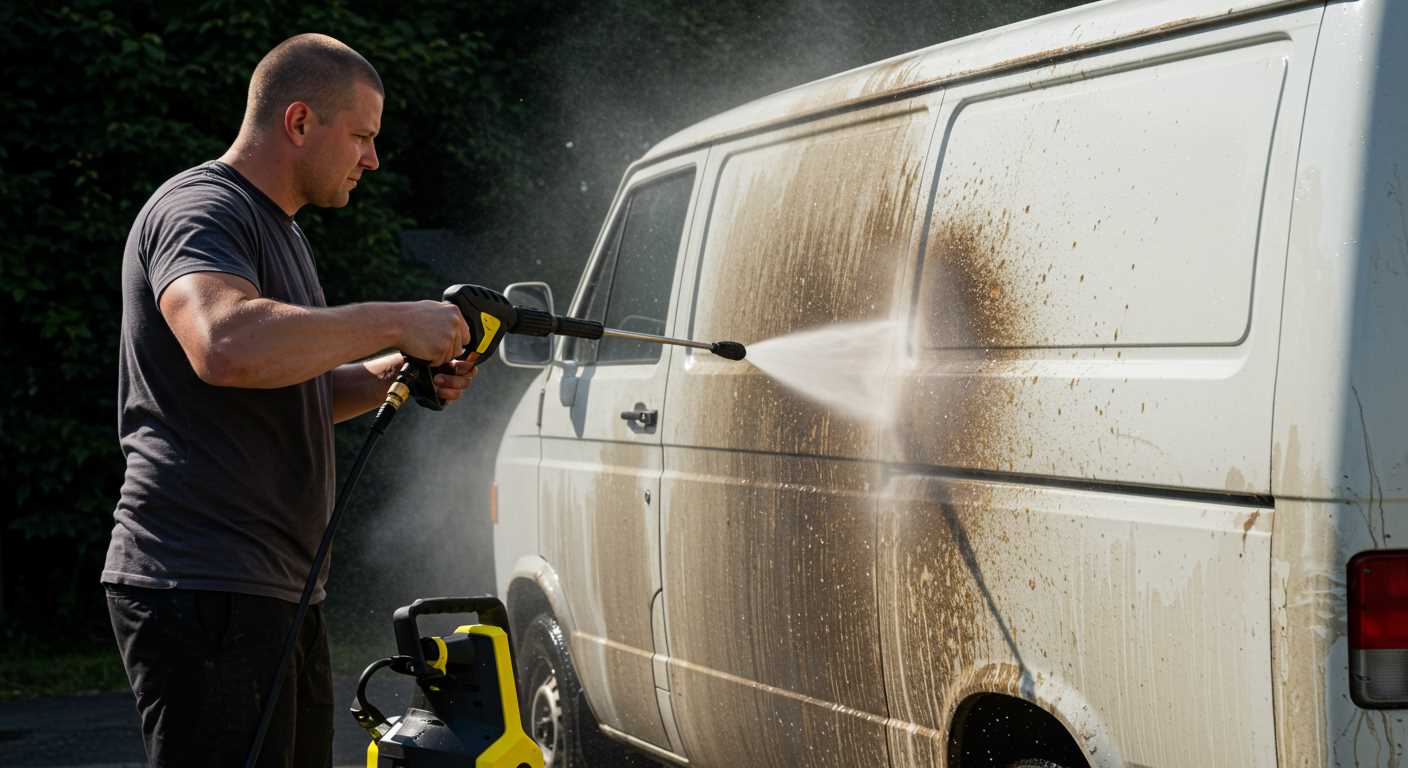


When it comes to cleaning concrete surfaces, having the right pressure washer can make all the difference. As someone who has spent countless hours battling stubborn stains and grime on driveways, patios, and sidewalks, I understand the importance of choosing the correct PSI for effective results. In this article, I will share insights into the best pressure washer PSI for concrete surfaces, allowing you to achieve a professional-level clean with ease.
This article is designed for homeowners, DIY enthusiasts, and anyone looking to revitalise their concrete surfaces. Whether you’re preparing for a gathering, looking to boost your property’s curb appeal, or simply wanting to maintain your outdoor spaces, understanding the optimal PSI for your pressure washer is crucial. I will break down the ideal pressure settings, the types of stains you may encounter, and tips for getting the most out of your pressure washing experience.
In summary, we will explore the factors that influence the best PSI for cleaning concrete, the recommended pressure ranges for various types of cleaning tasks, and practical advice on using a pressure washer effectively. By the end of this article, you’ll be equipped with the knowledge to tackle your concrete cleaning projects confidently and efficiently.
Understanding PSI Requirements for Concrete Cleaning
When it comes to cleaning concrete surfaces, understanding the appropriate PSI (pounds per square inch) requirements is crucial for achieving optimal results. PSI measures the pressure output of a pressure washer and plays a significant role in determining how effectively it can remove dirt, grime, and stains from concrete. Using the right PSI can prevent damage to the surface while ensuring a thorough clean.
Concrete is a durable material, but it can be susceptible to damage if exposed to excessive pressure. Generally, a pressure washer with a PSI range of 3000 to 4000 is recommended for effective concrete cleaning. However, the specific requirements can vary based on factors such as the type of stains, the condition of the surface, and the presence of any sealants.
Factors Influencing PSI Selection
Several factors should be considered when selecting the appropriate PSI for cleaning concrete:
- Type of Stains: Heavy stains, such as oil or grease, may require higher PSI to effectively lift the contaminants.
- Surface Condition: Older or more porous concrete may need a more gentle approach, while newer, unsealed surfaces can withstand higher pressure.
- Cleaning Technique: The method used, whether direct spraying or using a surface cleaner attachment, can also influence the required PSI.
It is essential to balance pressure with technique to avoid damaging the concrete. In some cases, using a lower PSI combined with appropriate cleaning solutions can yield better results without risking surface integrity.
Ultimately, understanding PSI requirements for concrete cleaning involves a careful assessment of the surface condition and the specific cleaning challenges at hand. By selecting the right pressure level, one can achieve a clean and well-maintained concrete surface.
Recommended Pressure Washer Models for Concrete Surfaces
When it comes to cleaning concrete surfaces, the right pressure washer can make all the difference. Selecting a model that delivers adequate pressure and flow rate is essential to effectively remove dirt, grime, and stains from concrete. The ideal pressure washer should typically operate within a specific range of pressure to ensure optimal cleaning without damaging the surface.
For concrete surfaces, pressure washers that offer a range of 3000 to 4000 PSI are often recommended. This level of pressure is powerful enough to tackle tough stains and embedded dirt while being manageable for most users. In addition to PSI, the flow rate, measured in gallons per minute (GPM), also plays a significant role in cleaning efficiency.
Key Features to Consider
- Pressure Rating: Look for models that can deliver between 3000 and 4000 PSI for effective cleaning.
- Flow Rate: A minimum of 2.5 GPM is recommended to ensure adequate water flow for rinsing debris and soap.
- Durability: Choose a pressure washer with robust construction, as concrete cleaning can be demanding on equipment.
- Accessibility of Accessories: Ensure the availability of compatible accessories, such as surface cleaners and nozzles, to enhance cleaning performance.
Moreover, gas-powered models are often preferred for their higher pressure capabilities and mobility, making them suitable for larger areas. Electric models may also serve well for smaller tasks, offering convenience and ease of use. Ultimately, selecting a pressure washer with the right specifications tailored to your concrete cleaning needs will lead to satisfactory results and a well-maintained surface.
Impact of Nozzle Types on Concrete Pressure Washing
When it comes to pressure washing concrete surfaces, the type of nozzle used can significantly influence the effectiveness of the cleaning process. Different nozzles create varying spray patterns and pressure levels, which can either enhance or hinder the cleaning results. Understanding the impact of nozzle types is essential for achieving optimal outcomes when pressure washing concrete.
The most common nozzle types include zero-degree, fifteen-degree, twenty-five-degree, and forty-degree nozzles. Each nozzle is designed for specific tasks, making it important to select the right one based on the condition of the concrete and the level of dirt or grime present.
Types of Nozzles and Their Effects
- Zero-Degree Nozzle: This nozzle produces a concentrated, high-pressure stream ideal for removing tough stains and dirt from concrete surfaces. However, caution is required, as it can cause damage if held too close to the surface.
- Fifteen-Degree Nozzle: This nozzle offers a wider spray pattern while still maintaining significant pressure. It is suitable for heavy-duty cleaning tasks and can effectively remove built-up grime without risking damage to the concrete.
- Twenty-Five-Degree Nozzle: A versatile choice, this nozzle is perfect for general cleaning. It balances pressure and coverage, making it effective for larger areas of concrete that require cleaning.
- Forty-Degree Nozzle: This nozzle provides the widest spray pattern with the least pressure, making it ideal for rinsing off surfaces or cleaning delicate areas without the risk of damage.
Choosing the appropriate nozzle type not only influences the efficiency of the cleaning process but also ensures the longevity of the concrete surface. Using a nozzle that is too aggressive can lead to surface erosion, while one that is too gentle may not adequately remove dirt. Therefore, it is crucial to match the nozzle type with the specific cleaning requirements of the concrete surface for the best results.
Factors Influencing Pressure Settings for Concrete
When it comes to cleaning concrete surfaces, the pressure settings of a washer play a crucial role in achieving optimal results. Various factors must be considered to determine the appropriate pressure for a specific cleaning task. Understanding these factors can help ensure that the concrete is effectively cleaned without causing damage.
The type of stains or debris present on the concrete surface significantly affects the required pressure settings. Some stains, such as oil or grease, may demand higher pressure for effective removal, while lighter dirt or mildew may only need moderate pressure. Additionally, the age and condition of the concrete can influence the decision, as older or more porous concrete may require gentler pressure to avoid surface damage.
Important Considerations
- Surface Condition: Newer concrete is generally more resilient and can withstand higher pressure, while older concrete may be more susceptible to chipping or cracking.
- Stain Type: Different stains require varying pressure levels. For example, tough stains may need higher pressure, while dirt and dust can often be removed with lower settings.
- Distance from Surface: The distance at which the pressure washer nozzle is held can also alter the effectiveness of the cleaning. Closer distances generally require lower pressure to avoid damage.
- Cleaning Angle: The angle of the spray can impact the pressure applied to the surface, with certain angles being more effective for specific types of stains.
Ultimately, balancing these factors will lead to the most effective cleaning while preserving the integrity of the concrete surface. Adjusting the pressure settings based on these considerations ensures that the cleaning process is both efficient and safe.
Common Mistakes When Using Pressure Washers on Concrete
Using a pressure washer can be an effective way to clean concrete surfaces, but there are several common mistakes that individuals often make. These errors can lead to unsatisfactory results or even damage to the concrete itself. Understanding these pitfalls is crucial for achieving the best cleaning outcome.
One of the most frequent mistakes is using the wrong pressure setting. Many users assume that higher pressure will always yield better results, but this is not the case. Too much pressure can etch the concrete, leaving it vulnerable to damage over time. It’s essential to choose the appropriate PSI for the specific cleaning task at hand.
Additional Mistakes to Avoid
- Neglecting to Prepare the Area: Failing to remove furniture, plants, or debris can hinder the cleaning process and result in uneven results.
- Inadequate Technique: Holding the nozzle too close to the surface can cause damage. Maintaining a safe distance while moving the nozzle in a sweeping motion is key.
- Ignoring Safety Precautions: Not wearing protective gear can lead to injuries from flying debris or high-pressure water.
- Skipping Pre-Treatment: For tougher stains, neglecting to apply a cleaner or pre-treatment can make the pressure washing less effective.
By being aware of these common mistakes, users can enhance their pressure washing experience and ensure that concrete surfaces are cleaned effectively and safely.
Safety Precautions While Pressure Washing Concrete
Pressure washing concrete can be an effective way to clean driveways, patios, and walkways, but it comes with its own set of risks. Adhering to safety precautions not only protects you but also ensures that the equipment functions correctly and effectively. Understanding the potential hazards is crucial to prevent accidents and injuries during the process.
Before starting your pressure washing project, it is essential to prepare adequately. This includes wearing the appropriate personal protective equipment (PPE) and ensuring the area is clear of obstacles. Taking these steps will help create a safer working environment.
Essential Safety Measures
Here are some vital safety measures to consider while pressure washing concrete:
- Wear Protective Gear: Always use safety goggles, gloves, and sturdy footwear to protect yourself from debris and high-pressure water.
- Check Equipment: Inspect your pressure washer for any leaks or damages before use. Ensure all hoses and connections are secure to avoid accidents.
- Maintain Distance: Keep a safe distance from the surface being washed. High pressure can cause injury or damage if the nozzle is too close.
- Be Aware of Surroundings: Look out for electrical outlets, wires, and other hazards in the vicinity that could pose a risk during operation.
- Secure the Work Area: Make sure the area is free from people, pets, and obstacles to prevent accidents while you are working.
By following these safety precautions, you can greatly reduce the risks associated with pressure washing concrete. Always prioritise safety to ensure a successful and accident-free cleaning experience.
Maintenance Tips for Pressure Washers After Concrete Cleaning
After using your pressure washer for cleaning concrete surfaces, it is essential to perform proper maintenance to ensure its longevity and optimal performance. Neglecting maintenance can lead to decreased efficiency and potential damage to the machine.
By following a few simple steps, you can keep your pressure washer in excellent condition and ready for future cleaning tasks.
- Flush the System: After use, run clean water through the machine to remove any detergent or debris. This helps prevent clogs and keeps the internal components clean.
- Drain the Pump: To avoid freezing or damage, especially in colder climates, drain the pump completely after each use.
- Clean Filters: Regularly check and clean the water inlet filter to ensure proper water flow and prevent any blockages.
- Inspect Hoses and Nozzles: Check for any signs of wear or damage. Replace any frayed or cracked hoses and nozzles to maintain pressure and effectiveness.
- Store Properly: Store your pressure washer in a dry, sheltered area to protect it from the elements. Use a cover if possible.
- Check Oil Levels: For gas-powered models, regularly check and change the oil as per the manufacturer’s instructions to ensure smooth operation.
By adhering to these maintenance tips, you can extend the life of your pressure washer and ensure it remains an effective tool for maintaining your concrete surfaces. A little care goes a long way in preserving your investment and keeping your equipment in top shape.
Top 10 Best Pressure Washer Psi For Concrete



Best Pressure Washer Psi For Concrete
Features
| Part Number | 1.637-500.0 |
| Model | 1.637-500.0 |
| Color | Black, Yellow |
| Language | French |
Features
| Part Number | RY31RN01 |
| Model | #RY31RN01 |
| Color | Green |
Features
| Part Number | 26801 |
| Model | 26801 |
| Color | _ |
| Size | 128 ml (Pack of 1) |
Video:
FAQ:
What pressure washer PSI is ideal for cleaning concrete surfaces?
The optimal PSI for cleaning concrete surfaces typically ranges from 3000 to 4000. This range is effective in removing dirt, grime, and stains from concrete without causing damage. For regular maintenance and light cleaning, a pressure washer with a PSI of around 3000 is usually sufficient. However, for more stubborn stains or heavier build-up, a higher PSI closer to 4000 may be necessary to achieve the best results.
Can using a pressure washer with too high PSI damage concrete?
Yes, using a pressure washer with excessively high PSI can potentially damage concrete surfaces. While concrete is durable, it can still suffer from surface pitting or etching if the pressure is too intense. It is advisable to stay within the recommended range of 3000 to 4000 PSI for cleaning concrete to avoid such issues. Always test a small, inconspicuous area first to ensure that the pressure won’t cause any damage.
Are there any specific attachments I should use with a pressure washer for concrete cleaning?
Using the right attachments can enhance the cleaning process for concrete surfaces. A surface cleaner attachment is highly recommended, as it allows for even distribution of pressure across a larger area, reducing the risk of streaking and damage. Additionally, a turbo nozzle can be beneficial for tackling tough stains, as it combines a rotating jet with high pressure. Always ensure that any attachment you use is compatible with your pressure washer model.
How often should I pressure wash my concrete driveway?
The frequency of pressure washing your concrete driveway can depend on various factors, including weather conditions and traffic. Generally, it is advisable to pressure wash your driveway at least once a year to maintain its appearance and prevent build-up of dirt and stains. However, if you notice significant grime or oil stains, more frequent cleaning may be necessary. Regular maintenance can extend the life of your driveway and keep it looking good.




.jpg)


